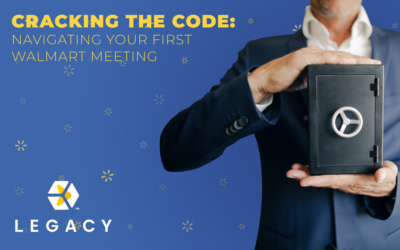For decades, major retailers like Target have been synonymous with convenience, offering consumers a one-stop shopping haven for various goods, from groceries to clothing, electronics, and more. Yet, recent shifts within the retail landscape are prompting a reassessment of whether these giants continue to deliver the seamless shopping experience they were known for.
Unpacking the Rise in Retail Theft
Over the past few years, the United States has witnessed a concerning uptick in retail theft, affecting businesses of all sizes, including industry leaders such as Target. The underlying reasons behind this surge in theft are multifaceted, encompassing factors like economic hardship, organized criminal activity, and the attractiveness of reselling stolen merchandise. It’s also worth noting that specific strategies implemented by large retailers, including a reduction in on-site staff and the transition to self-checkout stations, have played a role in these challenges.
How Target and Others Are Affected
Recently, Target made headlines by announcing the closure of nine stores, citing shoplifting concerns in various locations, including New York City, San Francisco, Seattle, and Portland, Oregon. The company pointed to theft and organized retail crime as endangering the safety of their employees and customers and jeopardizing their business’s sustainability.
However, what is often missing from discussions surrounding Target’s announcement is that it’s not just the increase in theft but the shift in the types of stolen items. While historically, the most pilfered items were non-essential, such as cosmetics, clothing, and fragrances, there has been a noticeable surge in thefts of essential items like baby formula, food, and cleaning supplies.
Target’s Response and Unintended Consequences
Let’s delve into the situation at a Seattle-based Target store as a case in point. The context here is crucial to understanding the changes that have unfolded. With the onset of the COVID-19 pandemic, the economy took a hit, and essential goods theft surged. In response, the Seattle Target store began locking up everyday necessities like detergent, baby formula, and hygiene products. This seemingly logical preventive measure inadvertently created a significant pain point in the shopping experience. Shoppers had to seek assistance from Target staff for each required household item, leading to increased wait times and an unsatisfactory shopping experience. Consequently, revenue decline ensued due to theft, and Target’s primary demographic found themselves enduring a poor user experience.
Theft Prevention vs. Shopping Experience
While it’s undeniable that these theft-prevention measures were a natural response to the circumstances, they have yielded unintended consequences. Shoppers increasingly depend on store personnel to access locked items, resulting in extended wait times and potential frustration for those seeking a swift and hassle-free shopping experience. Furthermore, the self-checkout process, initially designed to expedite the checkout process, has become congested as more customers gravitate toward it. As a whole, these cost-saving tactics employed by retailers have led to increased revenue loss, with the customer experience no longer occupying the forefront. With retailers increasingly prioritizing revenue over the customer experience, customers have begun to feel as though they are the ones being robbed.
The Retail Landscape Ahead: Opportunities and Challenges
The evolving retail landscape presents a dynamic scenario where shoppers have undergone substantial changes in behavior. Their priorities, how they spend their time, and their expectations for technology have all shifted. This transformation has created new and diverse retail channels, forcing traditional retail to adapt to this shifting reality. The ongoing evolution is anticipated to persist for years as consumers refine their preferences and embrace more defined and normalized shopping behaviors. What remains constant is that shoppers will ultimately shape the future of retail experiences, effectively determining the successes and setbacks across the industry. The journey ahead may be marked by turbulence and experimentation, but it will ultimately lead to a new norm, setting the stage for further acceleration.
Legacy Retail: Your Partner in Navigating Retail’s Challenges
In conclusion, the shifting retail landscape presents both business challenges and opportunities. As we’ve explored the complexities of modern retail theft and changing customer expectations, it’s clear that successful navigation requires expert guidance. At Legacy Retail, we specialize in addressing these challenges and leveraging opportunities. Our commitment to staying at the forefront of industry trends and our expertise in sales leadership, business insights, and supply chain solutions make us the trusted professionals to help businesses thrive in this evolving retail environment. By partnering with Legacy Retail, you can ensure your business is well-prepared to meet the changing needs of your customers while effectively addressing the challenges of the modern retail landscape.




